What Conversion Rate Optimization Experts Forgot about: The Customer Life Cycle
Tags:
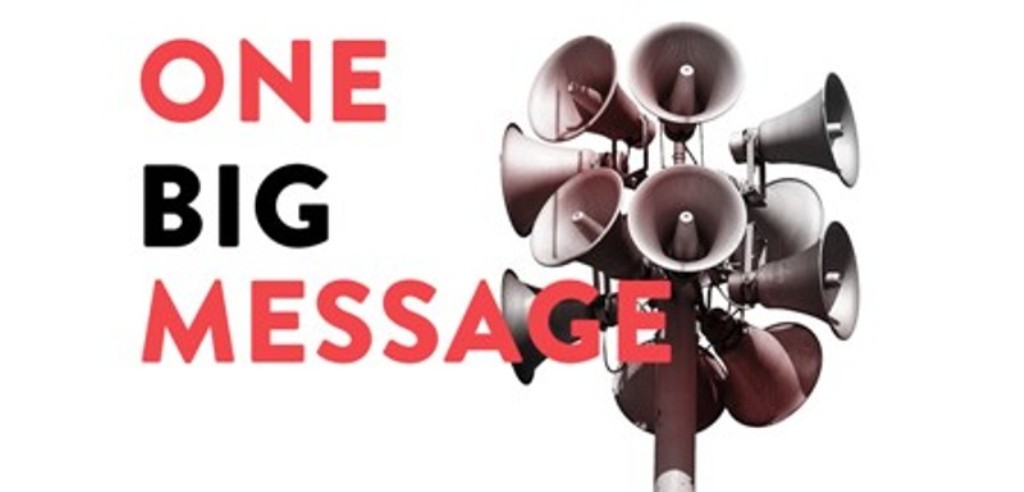 What marketing trend has taken off like conversion rate optimization? Growth hacking? Targeted email drip campaigns? Even with those efforts, often the goal is to optimize getting more people to take more actions (a/k/a convert).
What marketing trend has taken off like conversion rate optimization? Growth hacking? Targeted email drip campaigns? Even with those efforts, often the goal is to optimize getting more people to take more actions (a/k/a convert).
With the practice of CRO rising to prominence, conversion rate optimization experts and advice have, as well. Every day there seem to be new ideas for testing, new tips on how to write better copy, new best practices for creating high converting landing pages, and even advice on understanding the psychology of conversion and behavioral economics.
Almost all of the advice you see today is focused on driving marketing results by altering copy and visual web elements, but there is a whole lot more to the web these days than static websites designed to capture leads and convert sales. We now have robust consumer web applications, the mobile web, and Software-as-a-Service products that need optimizing as well.
In the internet age of the signed-in user, it’s time we start thinking of conversion rate optimization more holistically.
Here are a few major points about conversion rate optimization that haven’t been widely addressed by CRO experts, along with what you can do today to get ahead of the curve.
1. Conversions Happen throughout the Customer Journey
You could be using every tactic known and have awesome top-of-funnel conversion rates to show for it, but that won’t necessarily get you happy, recurring customers.
The visitors you do convert could be low quality customers that buy only once or stay with your service for just a few months.
While optimizing your conversions throughout the buying cycle is important, you shouldn’t stop there. You need to focus on the larger picture – the customer lifecycle.
By optimizing each lifecycle stage your customers go through for conversion, you will start seeing increased user engagement and flow from one stage to the next: more free trial and freemium users converting to paying customers, more paying customers converting on upsell opportunities and renewing, and more happy customers becoming vocal brand advocates.
If you have not already reviewed Dave McClure’s Startup Metrics for Pirates, I advise you to do so and get a quick understanding of the customer lifecycle for most web businesses: Acquisition, Activation, Retention, Revenue, and Referral.
Here are some ways you can optimize each lifecycle stage for better conversion:
I. Acquisition
At the top of the funnel, the goal is clear. Drive people to your website and get them to convert into a subscriber, lead, or customer.
Most people are not going to convert right away, though, at least not on any action that will cost them much money or resources.
As with the overall customer journey, usually various steps are taken beforehand as your visitors investigate how you will help them with their specific needs in the moment.
This is why it is important to take a step back from thinking only about optimization of individual pages and think about how you can create stronger conversion funnels.
People are coming to your site with specific needs in mind. It’s your job to make it easy for them to quickly learn how you can meet those needs and guide them toward converting on your most relevant solution.
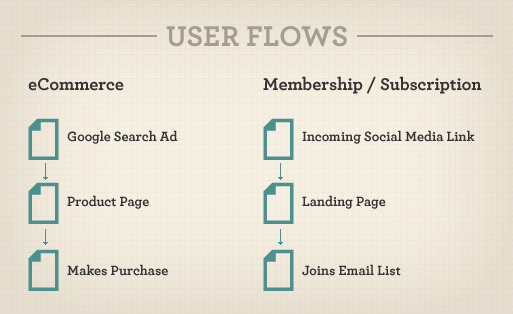
Examples of common user flows. Thanks to Morgan Brown for the image.
For instance, if people search for “how to grow organic tomatoes†and land on a blog post you wrote on the subject for your farmers’ market website, then prominently promoting your organic tomato seeds for sale or a free ebook on organic gardening (two different conversion funnels) on that blog post page could be a good idea. Whereas, simply showing a non-specific ad for your farmers’ market website likely wouldn’t be as effective.
A great example of focused conversion funnels in action is evident on Odesk’s website.
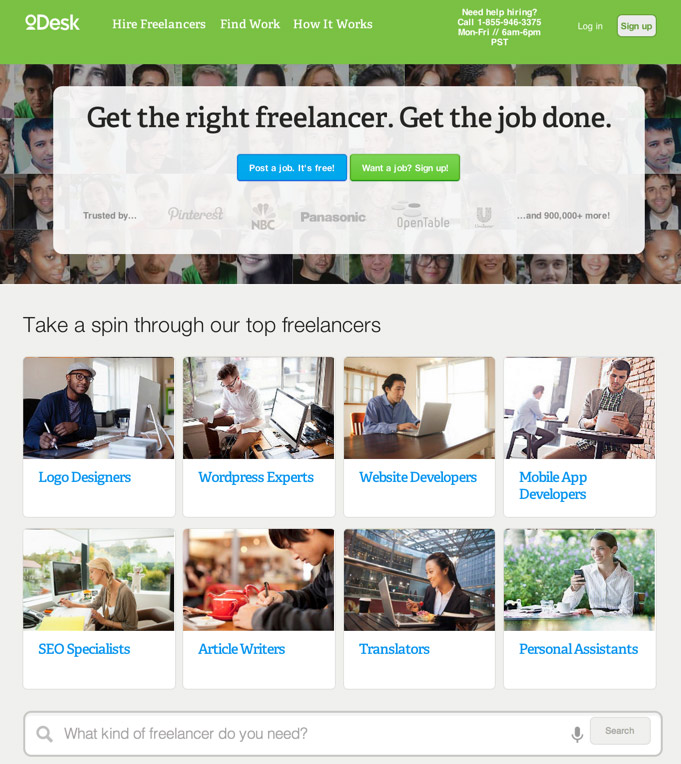
Odesk needs both freelancers and people posting freelancer jobs, but going through their site, it’s obvious that the core conversion they focus on is new job postings. They understand that freelancers often have outsourcing needs as well and that they won’t sign up or stay engaged with the platform if there isn’t demand for their services.
Because Odesk understands their visitors in this way, they are able to focus their core message (“Get the right freelancer. Get the job done.â€) and free up valuable homepage real estate for promoting different conversion funnels that make it easy for people to take the path that is most relevant to them.
If a user clicks on one of the freelancer types on the homepage, Odesk immediately takes them to a list of freelancers to evaluate. If the list looks good enough for their standards, Odesk makes it very easy to convert. If they are not ready yet, Odesk makes it easy to continue investigating (continue down the conversion funnel).
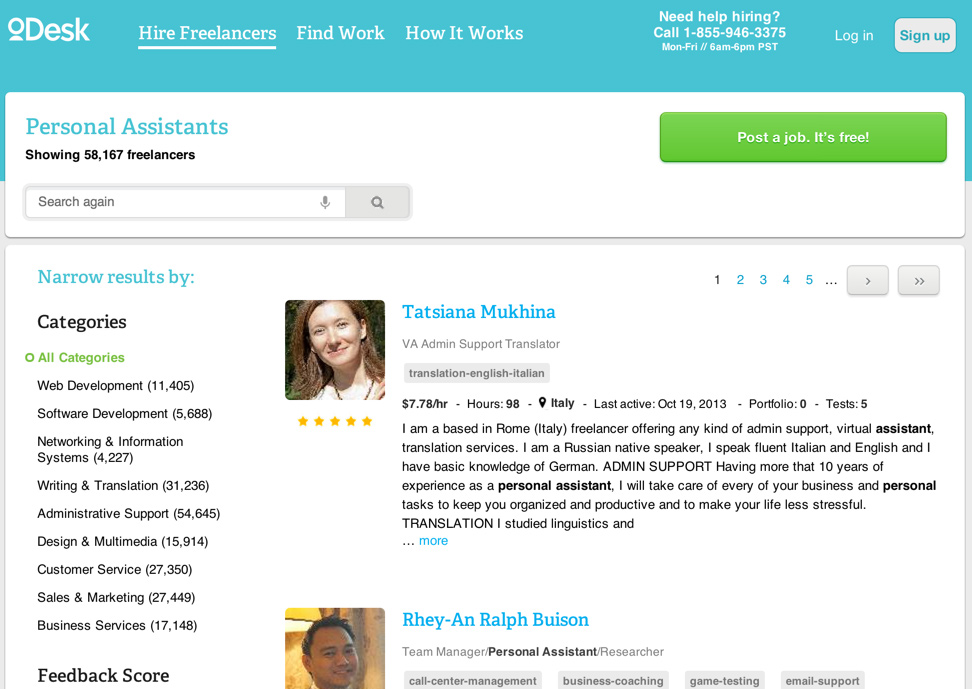
If the user clicks through to a freelancer’s full profile page, Odesk gives them options. Odesk learned that visitors may not be ready to convert and post a job listing right away. So, on the freelancer profile, they give them the option to “Contact†the freelancer.
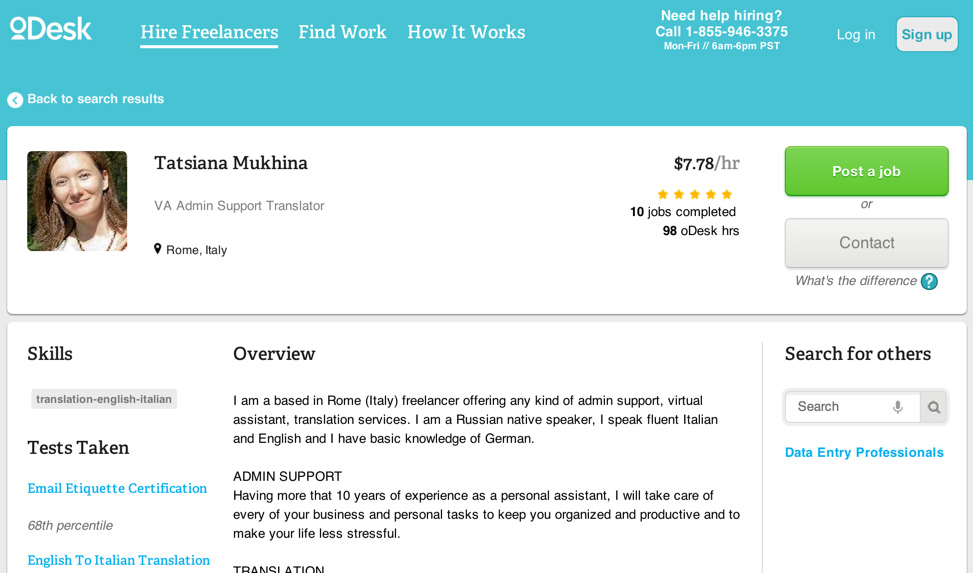
If the user clicks on “Contact,†they are taken to a page to create an account. For visitors that go this far down the conversion funnel, without converting, requiring account creation gives Odesk the opportunity to showcase new conversion funnels (through email marketing, retargeting ads, or web personalization) based on the steps they have taken so far.
Get to know the different types of visitors that come to your site, how they enter your site, and what solutions of yours would be most valuable to them. Then, design specific user flows from their entry points to guide them toward the conversion that is most relevant to them in the moment.
If you serve your visitor’s needs effectively, you’ll have plenty of opportunities to convert them on your core conversion metric over time.
II. Activation
Website visitors move into the Activation lifecycle stage as soon as they convert into a customer of your product or service, but the stage doesn’t end there. A customer is “Activated†as soon as they find value in your product, and that often requires the customer to convert on multiple actions.
Twitter, for instance, figured out that if they were able to get users to follow a certain number of people on the platform, those users would be more likely to find value and remain engaged users.
So, Twitter implemented a new user experience specifically designed to get more users to that magic number as soon as they could.
Right after creating a new Twitter account, visitors are placed into an onboarding flow that politely requires them to follow 5 Twitter users before moving on to the next step.
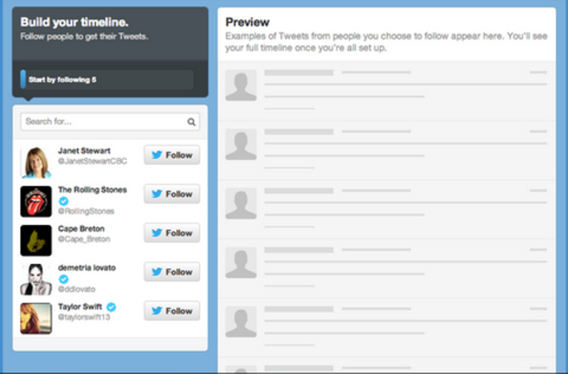
Once they follow 5 people, then Twitter asks them to follow 5 more.
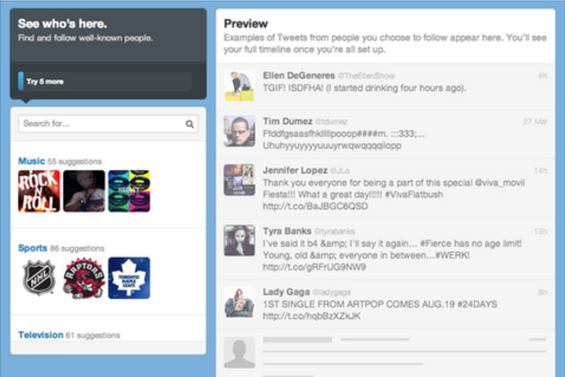
Rather than asking users to follow all 10 people up front, they separate the process into two steps. They either assumed or learned through a conversion test that people were more likely to continue the process if they broke it up into steps.
Regardless of what Activation means for your business, there likely are steps you need customers to take for them to get there, which means calls-to-action and whole user experiences that can be optimized for better conversion.
After all, what good is a top-of-funnel free trial conversion when the user does not become fully activated, and then churns before discovering how valuable your product could be for them?
III. Retention
So now you have a fully activated customer. The next objective is to keep that customer engaged in your product or service so they continue to gain value from you and remain a customer.
Driving customer engagement is pivotal to preventing customer churn and increasing customer retention. A study conducted by the Aberdeen Group linked increased engagement to retention rates that were 3.5 times higher than the norm.
But, what is customer engagement exactly? It’s a bunch of conversion points prime for conversion optimization.
The process of driving customer engagement is the process of converting more users on more valuable actions specific to them.
So, your goal in the retention lifecycle stage should be to optimize calls-to-action and user flows to help users have a more successful and enjoyable experience and keep them wanting to stay aboard.
IV. Revenue
According to Gartner Group, 80% of your company’s future revenue will come from just 20% of your existing customers. This comes from customers that have grown their customer lifetime value (LTV) over time.
Your business model may include automatically charging customers more based on increased engagement and usage of your product, but customers may want to take advantage of a pricier plan or more products from you sooner, rather than later.
If you do not do this already, be sure to present calls-to-action for any upgrade or upsell opportunity within your customer experience whenever relevant. Making the option to take advantage of such offers readily available and optimizing those calls-to-action for better conversion could be one of your biggest opportunities for business growth.
CrazyEgg does this very well with many upgrade related calls-to-action on their dashboard.
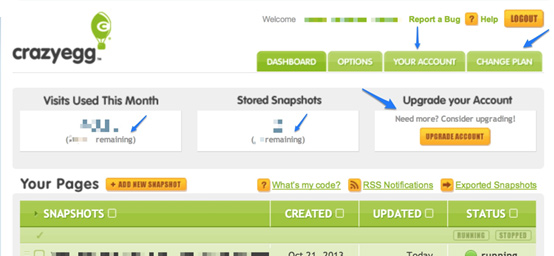
You may think “Wow that is a lot of ads to upgrade!†They get away with this because of smart placement and wording. In some cases, they even pose calls-to-action as a value to the user. “Visits Used this Month†and “Stored Snapshots†metrics really are just reminders of how much room users have in their account before they need to upgrade (putting them in that frame of mind every time they visit the dashboard).
CrazyEgg promotes account upgrade in smart ways throughout their product, with the “Change Plan†call-to-action staying in the top navigation on most pages, and by promoting features that are available in an upgraded plan.
“Compare Mobile vs Desktop†and “Filter†are features that are not available in their basic plan, but they show them as options in their web app, anyway. When someone clicks on one of those options, they are shown a relevant drop down message that shares the benefits of those features that are available only upon upgrading.
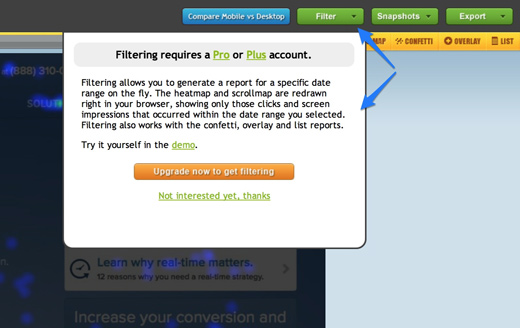
With such a big chunk of your future revenue riding on how well you can nurture and convert your customers on paying you more, testing and optimization are key.
V. Referral
The meteoric rise of startups like Airbnb and Dropbox launched the growth hacker movement and interest in discovering new ways to make web products more “viral.â€
Besides usually having a great product, companies that have success at driving social sharing and word of mouth not only understand how to connect with complementary networks that will give them reach (in the case of Airbnb integrating into Craigslist), they also understand very well how to position and promote sharing.

If a visitor clicks on “Get free space!†in Dropbox, they are presented with numerous ways they can earn more Dropbox storage space simply by sharing Dropbox with others or completing additional engagement tasks. Dropbox follows multiple conversion rate optimization best practices by using “free†in the copy, describing the value of clicking, and prominently placing the call-to-action as the first link in the top navigation.
A social media share button, an email invitation, or simply asking customers to talk about you are all points at which you have to convince your customers to convert on an action (sharing). That convincing can be tested and optimized.
2. All Conversions Are Not Created Equal
Considering only one conversion action as the key metric in a conversion test could be costing your business increased revenue.
For any conversion test, keep track of the users that convert and their engagement further down the line to determine which variation actually results in more business value.
You may get more conversions to your subscriber list with one variation, but the other variation may provide more customers in the long run or customers with a higher customer lifetime value.
Any time you can tie a conversion test back to revenue, you should do it, and that often will require digging deeper into your customer data than your typical A/B testing software can provide.
3. Customer Data Could Hold Your Best Conversion Wins
At every touch point throughout the customer lifecycle, you’re collecting customer information and learning more about how customers behave. You learn things like how they discover and travel through your site and the features they visit most frequently.
The data you collect by watching users progress through your site/product will help you discover the paths users take that result in your desired conversions.
For instance, if you have an e-commerce business, you might find that if your visitors view at least four products, they are more likely to make a purchase. After discovering this correlation, you should run tests to find the causation behind the pattern.
Maybe it isn’t just any four products. After testing, you may discover it is four specific products that are assisting in the purchase of another product.
By digging into customer data, you will start to see patterns that you can test. Then, you’ll likely uncover new methods to increase your conversion rates backed by the proven behavior of your customers.
4. Segmentation and Targeting Should Not Be Ignored
We all know how important relevancy is in marketing. Advertisements convert better when they are targeted to relevant audiences. The same goes for email marketing. Also, if your landing pages are not relevant to your marketing campaigns, then conversion rates will suffer there as well.
The common theme driving positive results in these marketing channels is segmentation.
You segment your target audiences, and then deliver targeted messaging that each segment is more likely to resonate with, take action on, and convert. As marketers, we have gotten used to this idea because it works.
The same strategy should be applied to conversion rate optimization on websites and web applications as well.
Calls-to-action, value propositions, design, and even entire features can be optimized to be more relevant to your users based on many different factors: referring traffic source, geography, demographics, the device being used, on site and in-app user behavior, purchase history, customer lifecycle stage, and the list goes on.
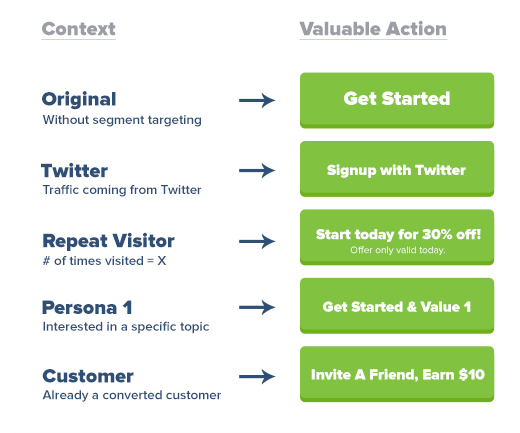
Rather than having Pinterest traffic arrive at the same site experience everyone else does, Gardener’s Supply Company instead welcomes Pinterest visitors with a relevant popup message and offer.
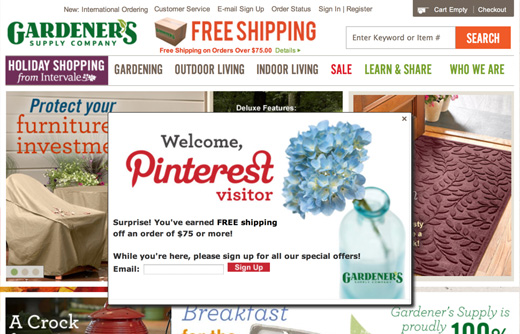
By aptly addressing incoming Pinterest traffic, they saw a 3x increase in revenue from the Pinterest channel.
Follow Gardener’s lead and take the first step in using segmentation as part of your conversion rate optimization efforts by simply targeting specific messages and content to specific referring source traffic. After that, experiment with personalizing your user’s entire web experience, based on the actions they take on your site and the lifecycle stage they are in, to uncover even better results throughout the customer journey.
In Conclusion, Look at the Big Picture
There is a ton of great advice out there, and a near endless number of ways you can test and optimize for better conversion rates. But, as you think about your next split test, take a step back and think of these big picture CRO points:
- Don’t stop optimizing at the top of the funnel. You have plenty more conversion points to optimize in order to get more customers engaged, retained, paying you more money over time, and sharing your product or service with others.
- Look deeper into conversion tests to understand the real impact. Don’t say I didn’t warn you when what you thought was a big conversion win becomes a cause of lower revenue.
- Discover potential conversion wins in your customer data. People could be going down unexpected paths for conversion. Identify them, and then test ways to improve the flow.
- Add segmentation to the conversion rate optimization mix. Conversion rate optimization without segmentation is the same as sending bulk email blasts without segmentation. Either way, you are missing out on higher conversion rates.
Have any thoughts on these points? Completely disagree or have other ideas to share? Say so in the comments below and let’s get the discussion flowing on the study of conversion rate optimization.
About This Author: Rob Carpenter is the Director of Marketing at Evergage, a point-and-click, real-time web personalization platform. He writes on real-time marketing, conversion rate optimization, and customer success on the Evergage Blog. Follow Evergage on Twitter to stay up to date and say hello!
Learn How an onsite Social Community can be a perfect tool in Customer Retention
CALENDAR
CATEGORIES
TAGS
TWITTER POSTS
CALENDAR
- powered by
- One Big Broadcast
- creative by
- WebStager
© 2025 One Big Broadcast | All rights reserved
